In 2023, my blog reached an important milestone: surpassing $1 Million in revenues. What began as a small side project has since transformed into a highly successful venture that allows me to pursue other passions without worry or financial strain.
This case study will outline all of the strategies and steps taken in building my blog from scratch, any challenges encountered along the way, as well as necessary changes made in response to changes in digital trends and consumer needs.
Revenue Milestones: How My Blog Earned Over $1 Million in 2023-24
To understand the scale of growth, here’s a breakdown of my blog’s revenue trajectory:
- 2019: $200,000
- 2020: $800,000
- 2021: $1.5 million
- 2022: $4.5 million
- 2023: Projected to reach $5 million
Its remarkable growth isn’t solely the result of writing blog posts; rather, it requires an integrated strategy of content production, SEO optimization, affiliate marketing, and continuous adaptation to an ever-evolving digital environment.
Key Revenue Streams: Affiliate Marketing: Generated $878,000 in 2023 by recommending products and services aligning with my audience’s interests.
Ad Revenue: Utilized display ads to monetize high-traffic posts for added income streams.
Sponsorships: Working with brands to produce sponsored content has enabled me to diversify my revenue sources further.
Courses and Consulting: I created digital products and services such as online courses and consulting to take advantage of my expertise and build trust among my audience.
Blogging Strategies in 2019 and 2024
When I first launched my blog, ranking on Google was much simpler – all it required were keywords and content optimization for SEO to rank well on search engines like Google. Since then, however, the blogging landscape has drastically evolved due to numerous factors:
- Google Algorithm Updates: Frequent updates have made it essential to prioritize user experience and high-quality, relevant content.
- Rise of AI-Generated Content: With so much AI content out there, standing out requires unique human expertise with deeper insights.
- Changed Audience Expectations: Readers now expect in-depth, well-researched content that goes beyond basic SEO tactics to keep their attention. In order to remain successful, my strategies needed to adapt accordingly – here’s what I did:
How I Adjusted My Strategy for 2024? (Full Guide to Create a High Profitable Affiliate Blog)
1. Niche Selection: Sought Out Low-Competition, High-Value Niches
In 2024, selecting niches that aren’t oversaturated is more essential than ever. I decided to shift my focus toward low-competition niches where I could offer unique insights and value – such as outdoor hobbies or physical products that weren’t widely covered by media sites like Tech or Finance.
Tools Used: Ahrefs Keyword Explorer to identify low-competition keywords with high transactional intent.
| Niche | Search Volume | CPC |
| Online Courses and Education | High | High |
| Blogging and Content Creation | High | Medium |
| E-commerce and Dropshipping | High | Medium |
| Web Development and Design | High | Medium |
| Digital Marketing and SEO | High | High |
| Social Media Marketing | High | High |
| Email Marketing | High | Medium |
| Online Business and Entrepreneurship | High | High |
| Personal Finance and Investing | High | High |
| Health and Wellness | High | High |
| Travel and Tourism | High | Medium |
| Gaming and Esports | High | Medium |
| Technology and Gadgets | High | Medium |
| Home and Garden | High | Medium |
| Fashion and Beauty | High | High |
| Food and Cooking | High | Medium |
| Parenting and Childcare | High | Medium |
| Pets and Animals | High | Medium |
| Hobbies and Crafts | High | Medium |
| Music and Audio | High | Medium |
| Software and Apps | High | High |
| Online Courses and Education | High | High |
| Digital Marketing and SEO | High | High |
| E-commerce and Dropshipping | High | Medium |
| Web Development and Design | High | Medium |
| Personal Finance and Investing | High | High |
| Health and Wellness | High | High |
| Travel and Tourism | High | High |
| Gaming and Esports | High | Medium |
| Technology and Gadgets | High | Medium |
| Home and Garden | High | Medium |
| Fashion and Beauty | High | High |
| Food and Cooking | High | Medium |
| Parenting and Childcare | High | Medium |
| Pets and Animals | High | High |
| Hobbies and Crafts | High | Medium |
| Music and Audio | High | Medium |
| Software and Apps | High | High |
| Online Courses and Education | High | High |
| Digital Marketing and SEO | High | High |
| E-commerce and Dropshipping | High | Medium |
| Web Development and Design | High | Medium |
| Personal Finance and Investing | High | High |
| Health and Wellness | High | High |
| Travel and Tourism | High | High |
| Gaming and Esports | High | Medium |
| Technology and Gadgets | High | Medium |
| Home and Garden | High | Medium |
| Fashion and Beauty | High | High |
| Food and Cooking | High | Medium |
| Parenting and Childcare | High | Medium |
| Pets and Animals | High | High |
| Hobbies and Crafts | High | Medium |
| Music and Audio | High | Medium |
| Software and Apps | High | High |
2. Choose Domain for Affiliate Blog
Domain names serve as the address of your website on the internet, and selecting an effective domain can have a tremendous impact on its success and brand recognition.
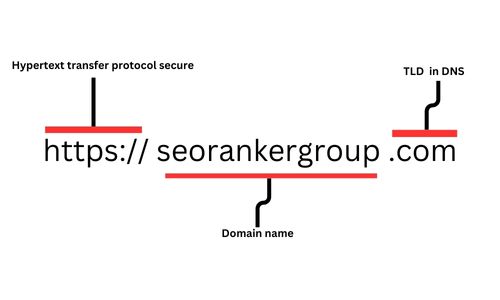
- Keyword-rich: Include relevant keywords to increase search engine visibility.
- Brandability: Choose a domain name that accurately portrays your blog’s topic or niche.
- Memorability: Choosing memorable domain names helps establish trust with visitors to your blog, making the experience unforgettable.
- Simplicity: Choose a domain name that is easy to remember and type. Avoid Hyphens and Numbers, as these may make the domain less memorable and harder to type.
- Consider Domain Extensions: While.com remains the go-to domain extension, other extensions like.net and.org might also work depending on your niche.
- Check Availability: To see if the desired domain name is available, use GoDaddy, Namecheap, or Google Domains to register it as soon as possible.
- Pricing: Domain registration costs vary based on the registrar and domain extension chosen, while renewal costs should also be taken into consideration before making long-term commitments.
Examples:
Niches and Potential Domain Names for Fitness and Nutrition Businesses include:
fitlifeplanner.com and healthyeatingguide.net as potential domain names to consider.
Tech and Gadget Reviews can be found at gadgetreviews.com and techtipshub.net;
Travel and Adventure coverage can be found at wanderlustblog.com, budgettravelfreak.com and globetrotterguide.net;
Personal Finance can be found at budgetwise.net
Here are some key factors you should keep in mind when choosing your affiliate blog’s domain:
3. Create Affiliate Blog
Step 1. Click on Hostinger website link and click on claim deal button.
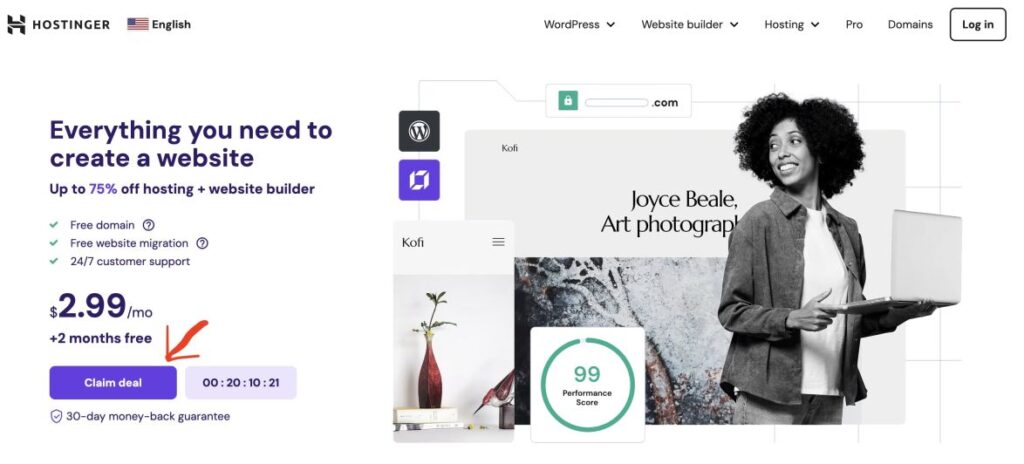
Step 2. Select Your Hosting Plan.
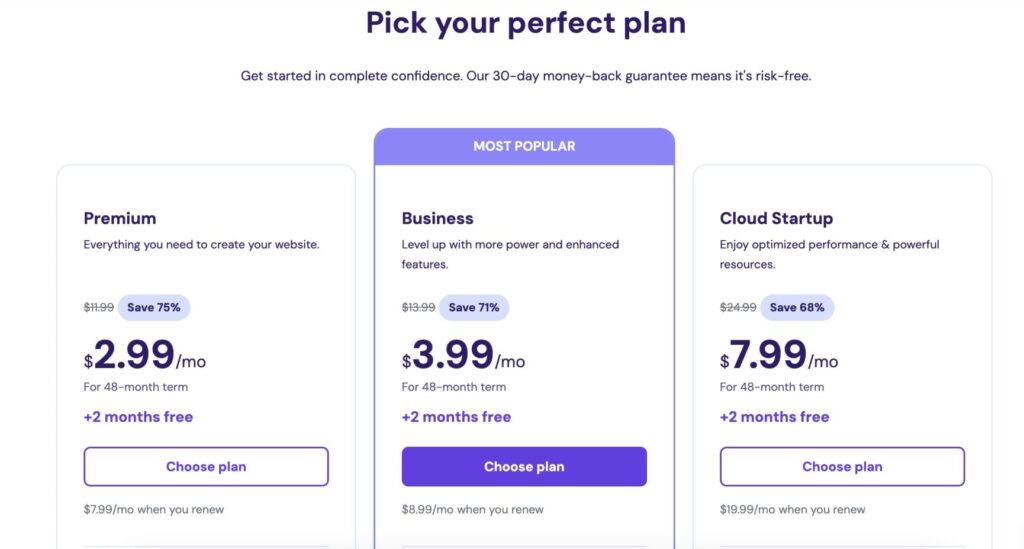
Step 3. You will get free domain on 12 Months, 24 Months and 48 Months hosting plan, choose according to your budget and requirement.
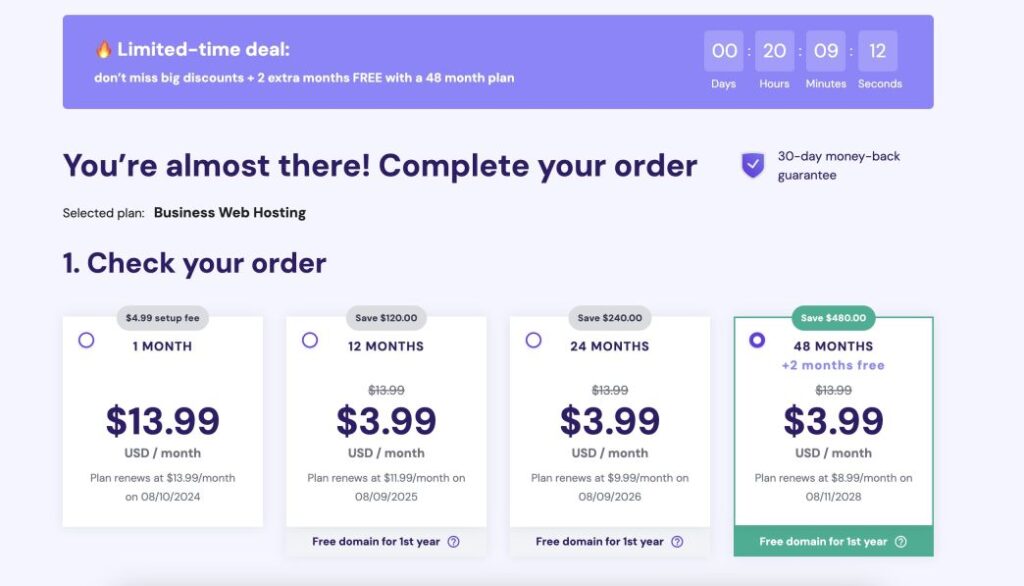
Step 4. Enter email and password to create account on Hostinger or login with Google.
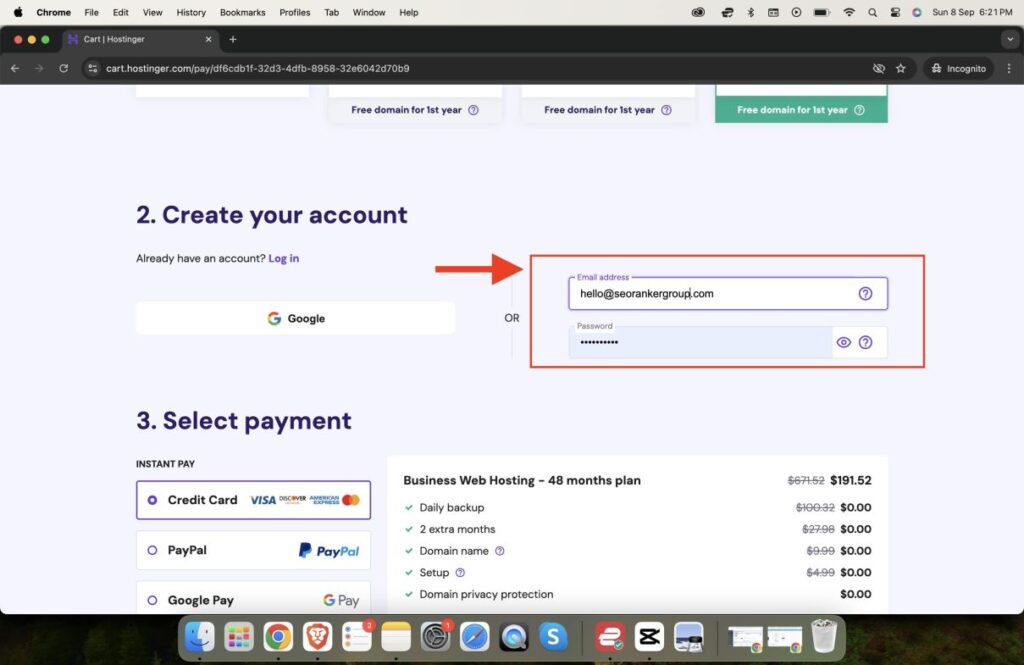
Step 5. Select your payment option and personal information.
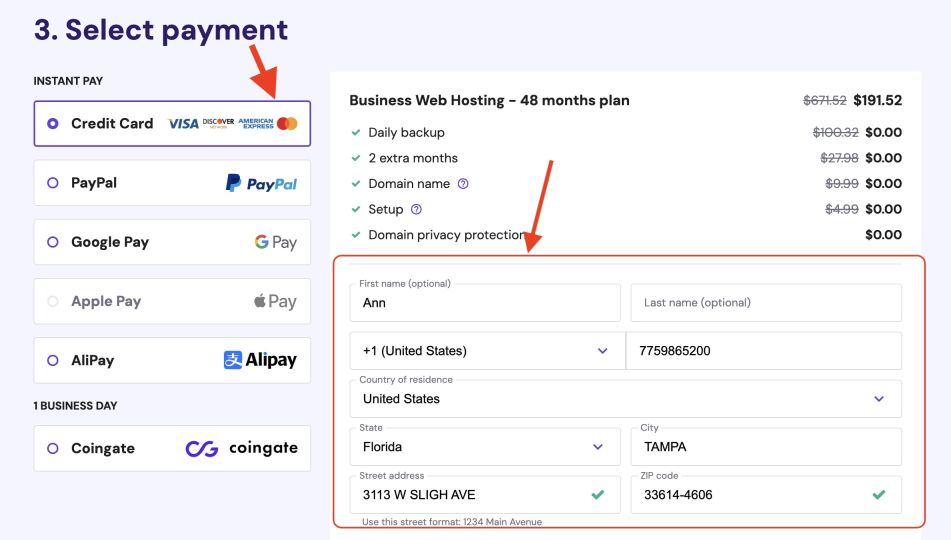
Step 6. Use discount code “HOSTINGER10” coupon code to get 10% discount and make payment for your hosting.
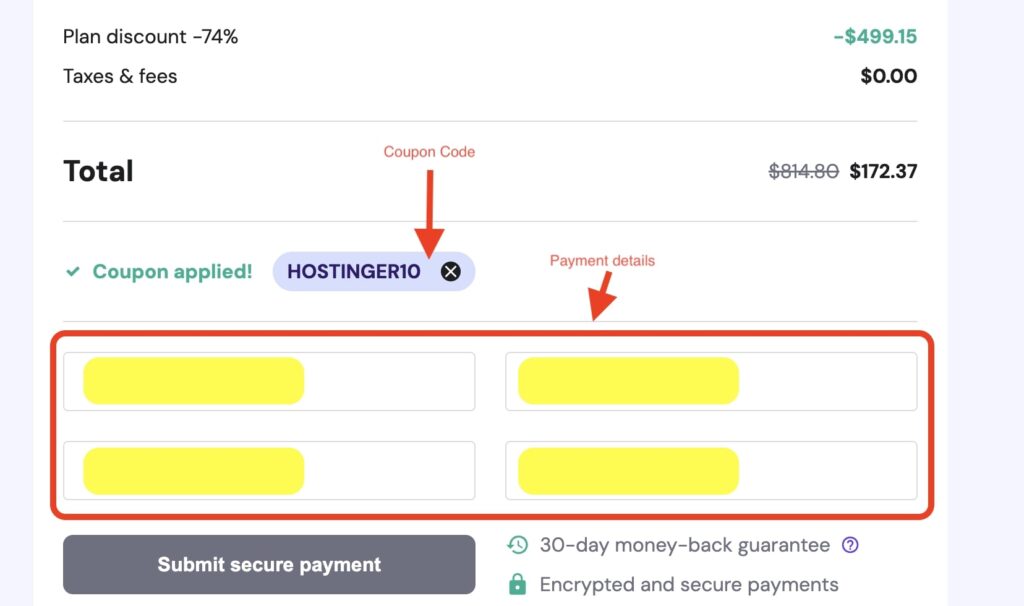
Step 7. Claim Free Domain

4. Find Affiliate offers
Many affiliate programs offer digital products. Here are some popular options:
- ShareASale: This affiliate network offers an array of digital products such as software, e-books, and courses.
- Commission Junction (or CJ Affiliate): It is another popular affiliate network with an expansive selection of digital products.
- ClickBank: ClickBank is an ecommerce marketplace offering digital products with affiliate programs available.
- JVZoo: JVZoo is another marketplace for digital products, and many products available there have affiliate programs that you can join as affiliates.
2. Content Creation: Focusing on Quality and User Experience
Creating high-quality, useful content was my primary priority during content creation, so here is how I approached content production:
- Human Experience: My content was more engaging by drawing upon personal experiences, conducting extensive research, and including original images to engage readers.
- SEO Best Practices: Even as user experience was prioritized, I still followed SEO best practices, such as optimizing for relevant keywords and ensuring proper on-page SEO.
- Informational vs Transactional Content: I created an effective balance of 80% informational to 20% transactional content that helped build authority and trust while driving conversions.
3. Diversifying Revenue Streams:
My strategy also involved diversifying revenue streams beyond Affiliate Marketing.
To ensure long-term sustainability and growth, I diversified my income sources:
- Affiliate Marketing: I continued to be an important revenue generator, but I also focused on other monetization strategies. Ad Revenue: Display ads emerged as an enduring source of income – especially on popular informational posts with high traffic volumes.
- Digital Products and Services: I launched online courses and provided consulting services, capitalizing on my expertise and building rapport with audiences to generate additional income streams.
- Community Building: Utilizing platforms like School enabled me to establish a sense of community around my blog by offering exclusive content and cultivating deeper engagement.
4. SEO/Link Building: To establish Authority and Trust
Link building was integral to my strategy to boost my blog’s domain authority (DA) and overall SEO performance.
Guest Posting and Partnerships: I formed relationships with other bloggers and industry experts by contributing guest posts and collaborating on content.
Regular Content Updates: By updating my content frequently and keeping it fresh and relevant, I maintained rankings while adapting to Google’s algorithm updates.
The Results: A Profitable Blog with Minimal Time Investment
With these strategies in place, my blog has not only maintained but increased its revenue.
Now, with a team in place to handle day-to-day operations and minimal time investment required on my part for blogging operations, it requires only about 5 hours each month of my time, giving me more freedom in other ventures while enjoying financial independence provided by blogging.
Key Takeaways from My Blogging Journey
Mes Its mes is needed for sustained long-term success in blogging. Staying abreast of changes is key to ensuring long-term success.
- Quality Over Quantity: Focusing on creating high-value content that addresses user needs will set you apart in an increasingly competitive market.
- Diversify Revenue Streams: Relying solely on one income source can be risky; diversifying your revenue streams to ensure stability and growth.
- Establish Your Brand: Establishing your brand around your blog can open many doors – from digital products to community development.
Conclusion: Blogging in 2024 and Beyond
Blogging still presents many opportunities in 2024, yet success requires taking a strategic approach that prioritizes quality, user experience, and adaptability.
When starting or expanding an existing blog, be mindful of building a brand that provides real value to readers while developing loyal audiences.
Are you ready to embark on your blogging journey?
Check out my free master class – 80 minutes of comprehensive instruction on creating a profitable blog and online business. Click the link in the description or top comment below today and begin.
